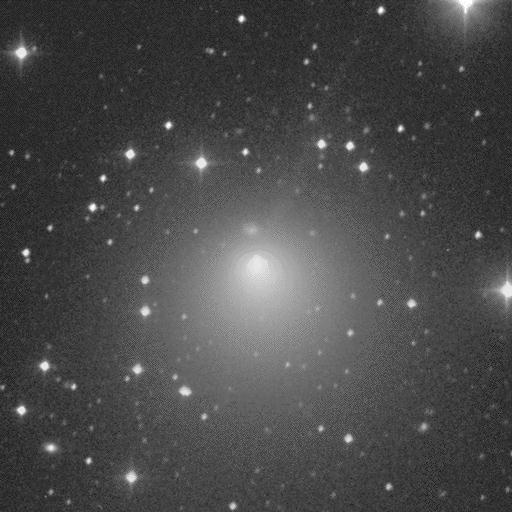Encke comet
Enlarge text Shrink text- NASA Thes.(Encke comet. Def.: A very faint comet with a periodicity of 3.3 years which is the shortest of any known comet)
- Room, A. Dict. of astronomical names, 1988(Encke's comet: named not after its discoverer but after the German astronomer who computer its return in 1822, Johann Franz Encke; after it had been initially discovered in 1786 by the French astronomer Pierre Méchain)
- Mitton, J. Cambridge dict. of astronomy, 2001(Comet Encke (2P/Encke))
Comet Encke , or Encke's Comet (official designation: 2P/Encke), is a periodic comet that completes an orbit of the Sun once every 3.3 years. (This is the shortest period of a reasonably bright comet; the faint main-belt comet 311P/PanSTARRS has a period of 3.2 years.) Encke was first recorded by Pierre Méchain on 17 January 1786, but it was not recognized as a periodic comet until 1819 when its orbit was computed by Johann Franz Encke. Like Halley's Comet, it is unusual in its being named after the calculator of its orbit rather than its discoverer. Like most comets, it has a very low albedo, reflecting only 4.6% of the light its nucleus receives, although comets generate a large coma and tail that can make them much more visible during their perihelion (closest approach to the Sun). The diameter of the nucleus of Encke's Comet is 4.8 km.
Read more on Wikipedia >
 Place
Place





